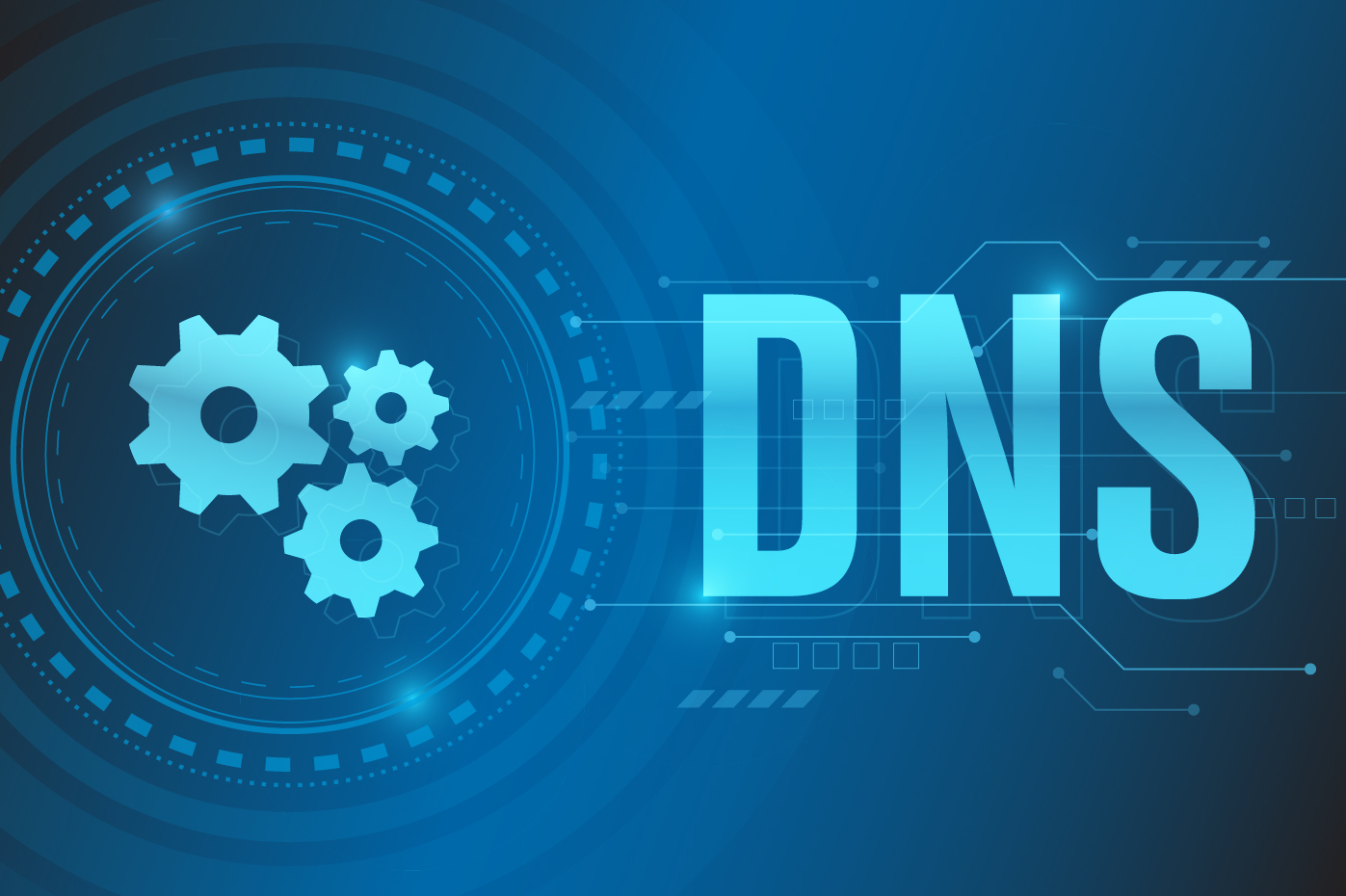This is the fifth in a multi-part series on cryptography and the Domain Name System (DNS).
In my last article, I described efforts underway to standardize new cryptographic algorithms that are designed to be less vulnerable to potential future advances in quantum computing. I also reviewed operational challenges to be considered when adding new algorithms to the DNS Security Extensions (DNSSEC).
In this post, I’ll look at hash-based signatures, a family of post-quantum algorithms that could be a good match for DNSSEC from the perspective of infrastructure stability.
(more…)








